Home>Ideas and Tips>Art At Home: Curating Your Personal Gallery
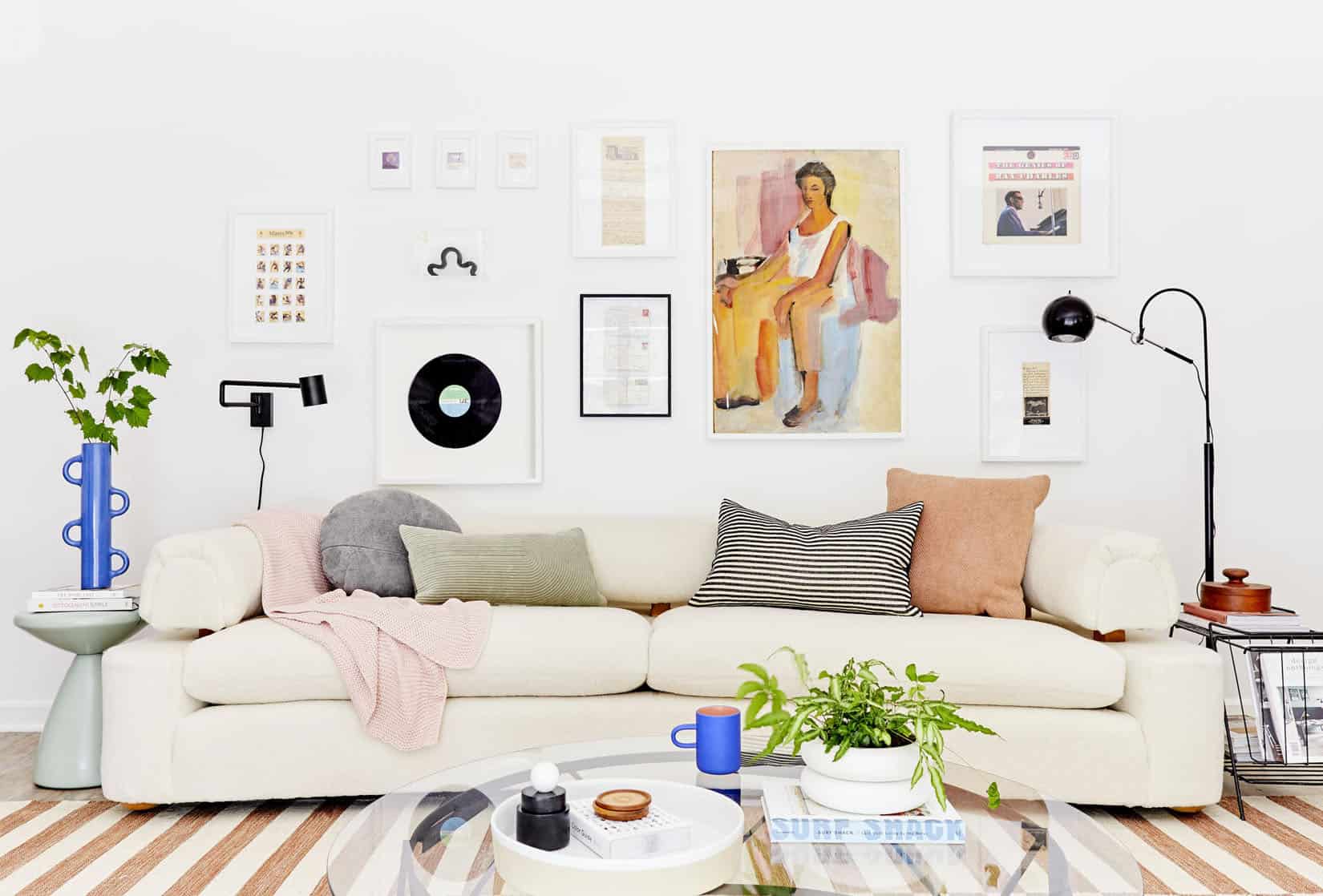

Ideas and Tips
Art At Home: Curating Your Personal Gallery
Published: October 21, 2024
Transform your home into a personal art gallery with our guide on curating art collections. Discover tips for selecting, placing, and framing artworks.
(Many of the links in this article redirect to a specific reviewed product. Your purchase of these products through affiliate links helps to generate commission for Storables.com, at no extra cost. Learn more)
Curating a personal art collection is an exciting and rewarding journey that can transform your home into a unique and meaningful space. Whether you're a seasoned art enthusiast or just starting to explore the world of art, creating a personal gallery in your home can be a deeply personal and enriching experience. In this article, we will delve into the process of curating your personal art collection, providing you with practical tips and insights to help you create a visually captivating and emotionally resonant environment.
Identifying Your Interests and Finding Inspiration
Curating a personal art collection starts with figuring out what you like. What kind of art catches your eye? Do you love abstract pieces, or are you more into traditional styles? Knowing your tastes helps you pick artworks that fit well with your home's vibe.
Finding inspiration is key. Here are some ways to get those creative juices flowing:
-
Coffee Table Books and Interior Design Magazines: These are gold mines for ideas. Flip through them to see how designers and artists decorate their spaces. You might find a style or composition that speaks to you.
-
Pinterest: This platform is a treasure trove of inspiration. Follow people with great taste in art and interior design. Pin images that catch your eye and create boards for different themes or styles.
-
Travel and Local Art Galleries: Traveling can open your eyes to new art. Visit local galleries or small shops when you're on the road. You might find unique pieces that remind you of your travels.
Read more: Curate Your Personal Art Gallery At Home
Deciding Placement and Avoiding Predictability
Once you've got some art, it's time to decide where to put it. Placement can make or break a room's feel. Here are some tips:
-
Room Use and Intentions: Think about how the room is used. A busy family room might benefit from bold, energetic art that sparks conversation.
-
Visual Balance: Balance is key. Mix large and small pieces, bold and subtle works, and different mediums. Try symmetrical or asymmetrical layouts to see what looks best.
-
Avoid Predictability: Don't just match art to a room's color. It can look too planned. Instead, aim for a similar or complementary color story that enhances the room's overall look.
Choosing the Right Color
The colors in your art should complement the room without being too matchy-matchy. Here are some tips:
-
Neutral Colors: Black, white, and gray are versatile and fit in almost any space. They provide a clean backdrop for other elements.
-
Pastels: These colors add a touch of softness and elegance. They work well in traditional settings but can also create a soothing atmosphere in modern interiors.
-
Bold Colors: If you want to add excitement, bold colors are great. But use them sparingly, as they can dominate the room.
Finding Favorite Artists
Discovering new artists is part of the fun. Here are some ways to find your favorites:
-
Instagram: Social media makes it easy to find new artists. Follow those whose work you love and explore their galleries and exhibitions.
-
Local Art Galleries: Visit local galleries to discover emerging artists. You might find hidden gems that aren't well-known yet.
-
Art Fairs and Exhibitions: These events are perfect for finding new artists. You can often meet them in person and learn about their work.
Framing and Finalizing
After choosing your art, think about framing and finalizing. Here are some tips:
-
Framing Style: The frame should complement the art without overpowering it. Simple yet elegant frames work best.
-
Size Considerations: While small artworks can be charming, they might not have the same impact as larger pieces. Consider the scale of each piece in relation to the space.
Read more: How To Curate Your Wardrobe
Creating a Cohesive Collection
Creating a cohesive collection involves finding common threads that connect your artworks. Here are some steps:
-
Assess Your Collection: Take inventory of your artworks. Note their styles, sizes, and themes. Reflect on why you acquired each piece and what emotions they evoke.
-
Unify Through Theme or Style: Identify common threads like shared color palettes, subject matter, or styles. This creates a cohesive display.
-
Establish a Focal Point: Choose a standout piece as a focal point. Place it in a prominent location like above a fireplace or at the center of a gallery wall.
-
Create Visual Balance: Balance large and small artworks, bold and subtle pieces, and different mediums.
-
Consider Lighting and Placement: Proper lighting enhances your art. Ensure each piece is well-lit. Natural light is great, but avoid direct sunlight, which can fade art.
-
Rotate and Refresh: Periodically rotate and refresh your collection. This keeps things interesting. Use changing seasons or special occasions as opportunities to introduce new pieces.
Curating Your Existing Art Collection
If you already have art, curating it can refresh your home. Here’s how:
-
Assess and Reflect: Take inventory of your current collection. Note styles, sizes, and themes. Reflect on why you acquired each piece and what emotions they evoke.
-
Unify Through Theme or Style: Find common threads like shared color palettes, subject matter, or styles. This creates a cohesive display.
-
Establish a Focal Point: Choose a standout piece as a focal point. Place it in a prominent location.
-
Create Visual Balance: Balance large and small artworks, bold and subtle pieces, and different mediums.
-
Consider Lighting and Placement: Proper lighting enhances your art. Ensure each piece is well-lit. Natural light is great, but avoid direct sunlight.
-
Rotate and Refresh: Periodically rotate and refresh your collection. This keeps things interesting.
The Emotional Impact of Art
Collecting art creates a personal connection that can deeply affect your home. Art can activate pleasure centers in the brain and evoke emotions similar to falling in love. This emotional connection makes curating your collection so rewarding.
Conclusion
Curating a personal art collection is an ongoing process that requires patience, creativity, and an open mind. By identifying your interests, finding inspiration, deciding on placement, choosing the right colors, discovering new artists, and framing thoughtfully, you create a meaningful and beautiful environment.
Curating is about telling stories through each piece. It's about who you are and what memories and emotions they evoke. Embrace this journey, explore new artists, attend exhibitions, and add fresh perspectives. Transform your home into an artful haven that reflects your style and passion for creativity.
Was this page helpful?
At Storables.com, we guarantee accurate and reliable information. Our content, validated by Expert Board Contributors, is crafted following stringent Editorial Policies. We're committed to providing you with well-researched, expert-backed insights for all your informational needs.
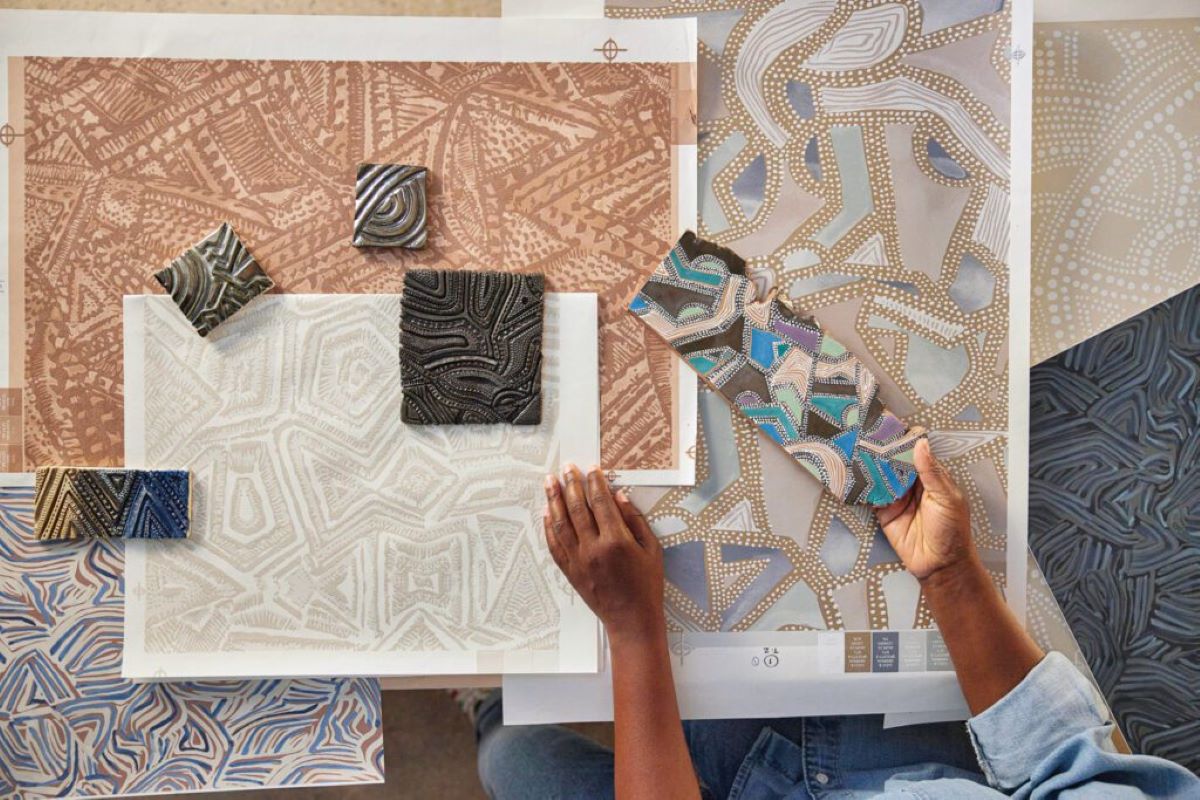

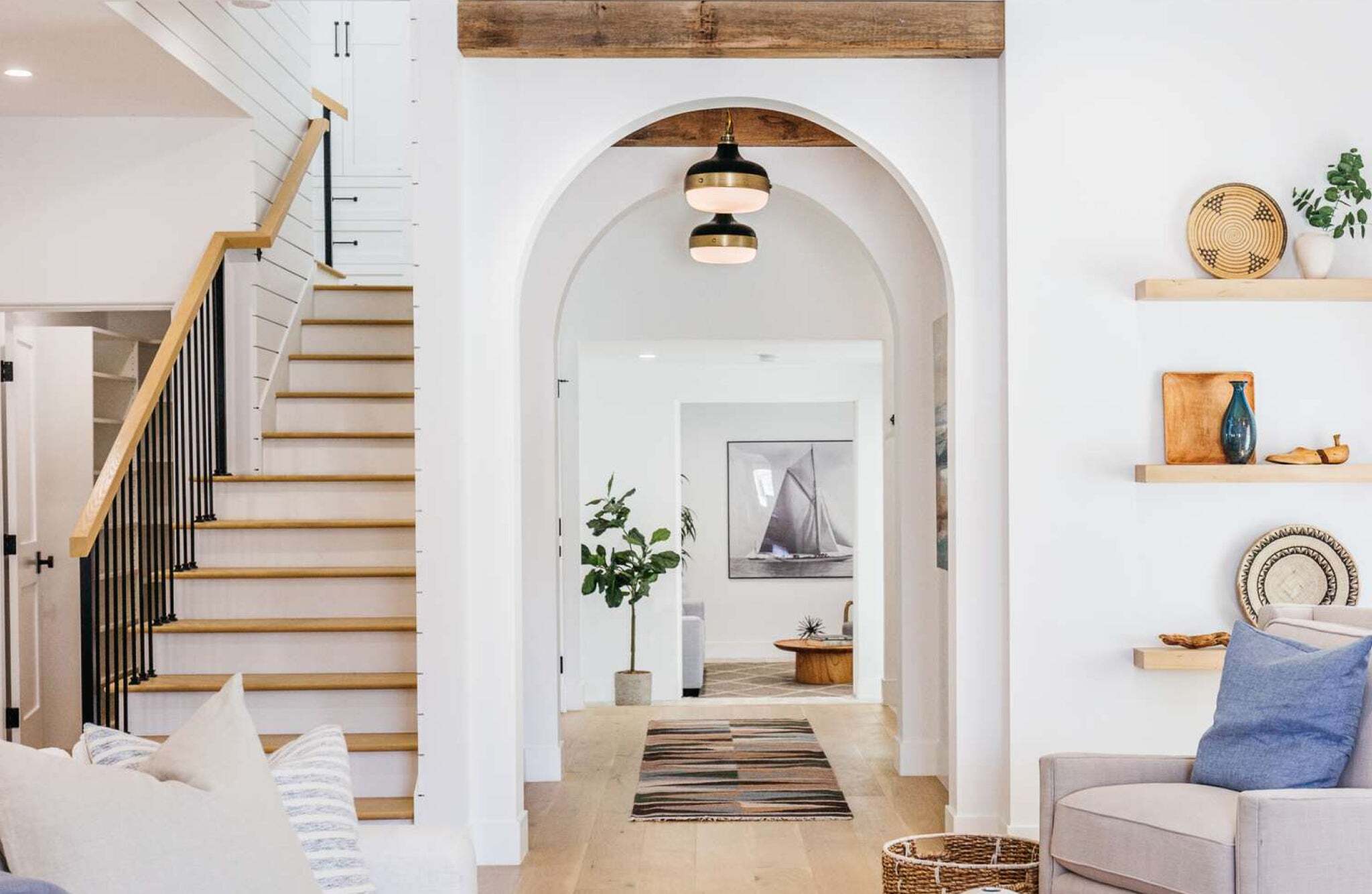
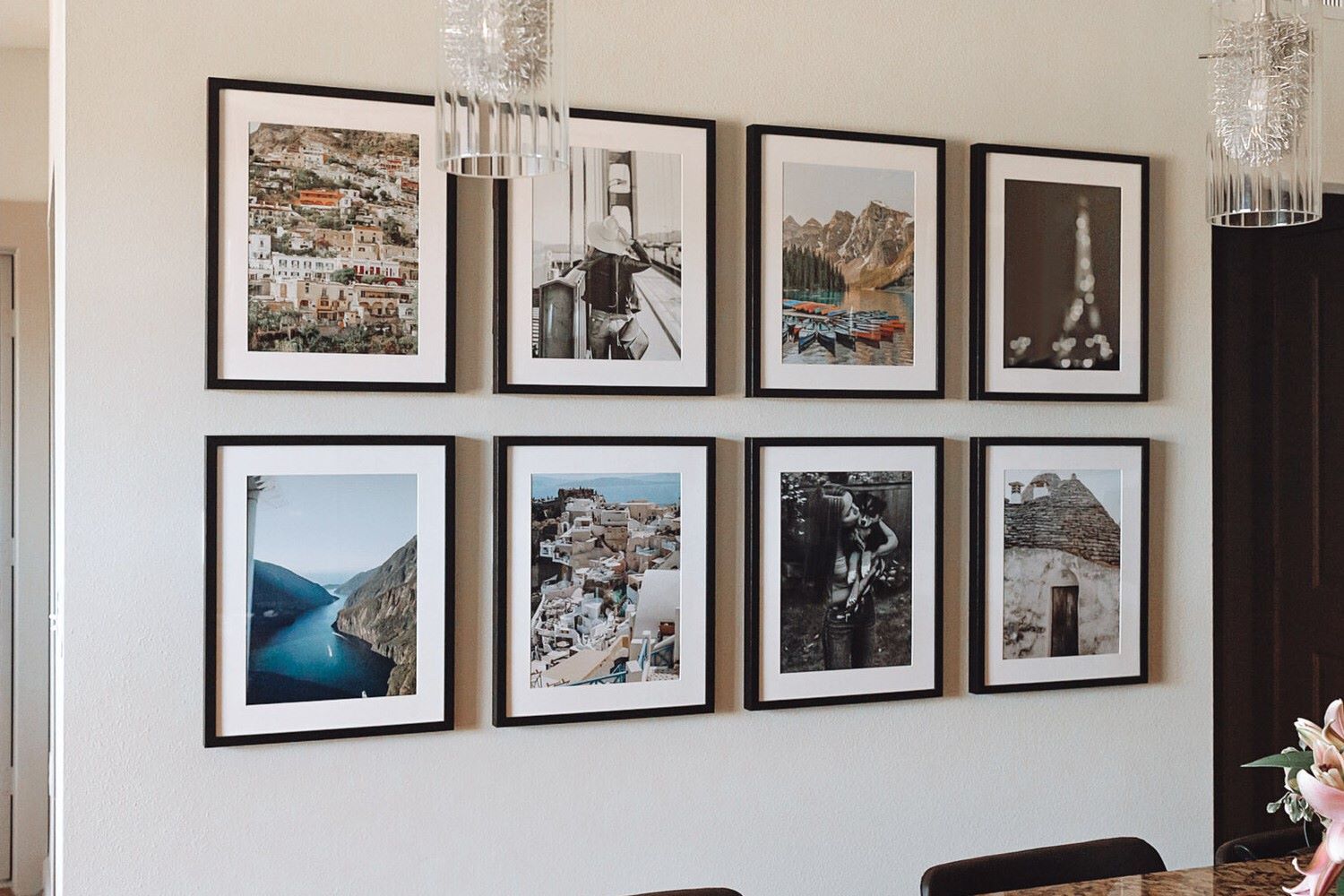
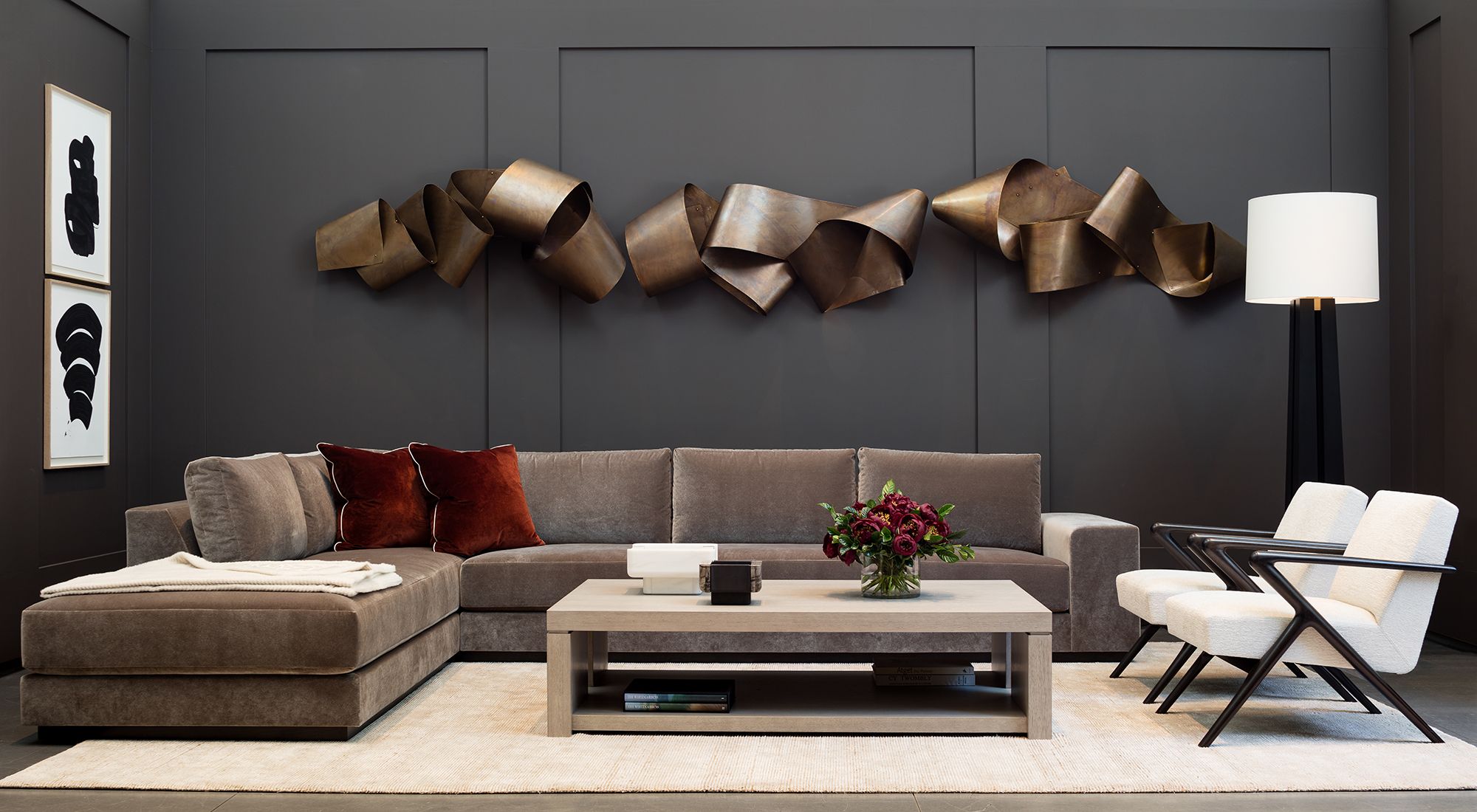
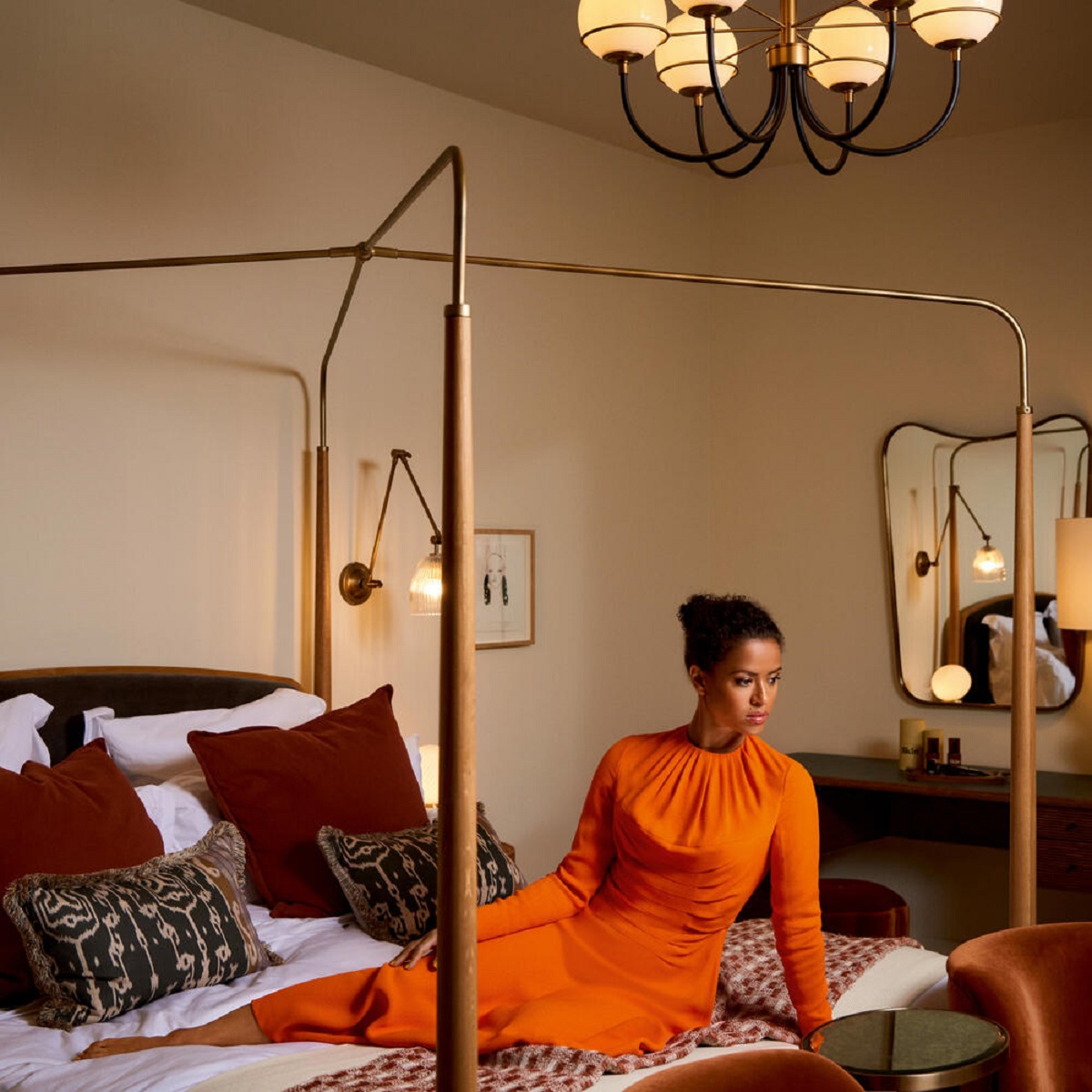
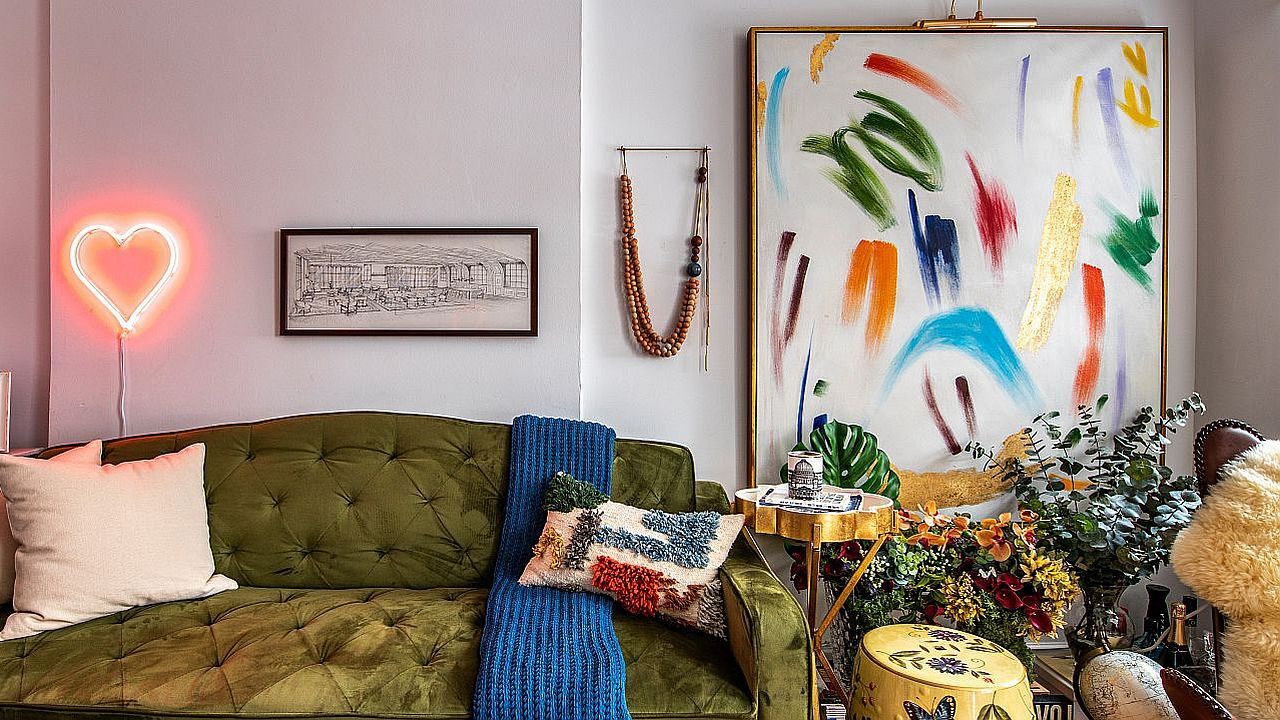

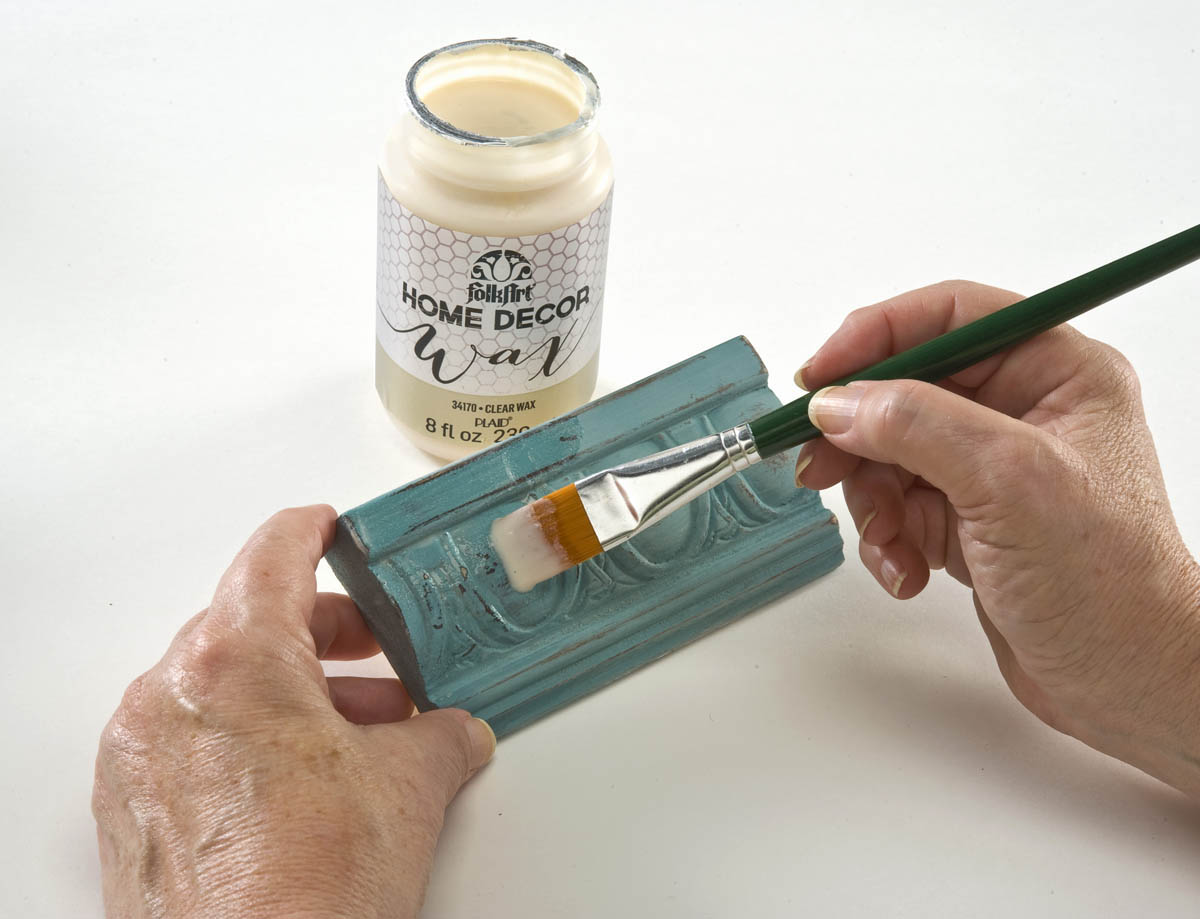
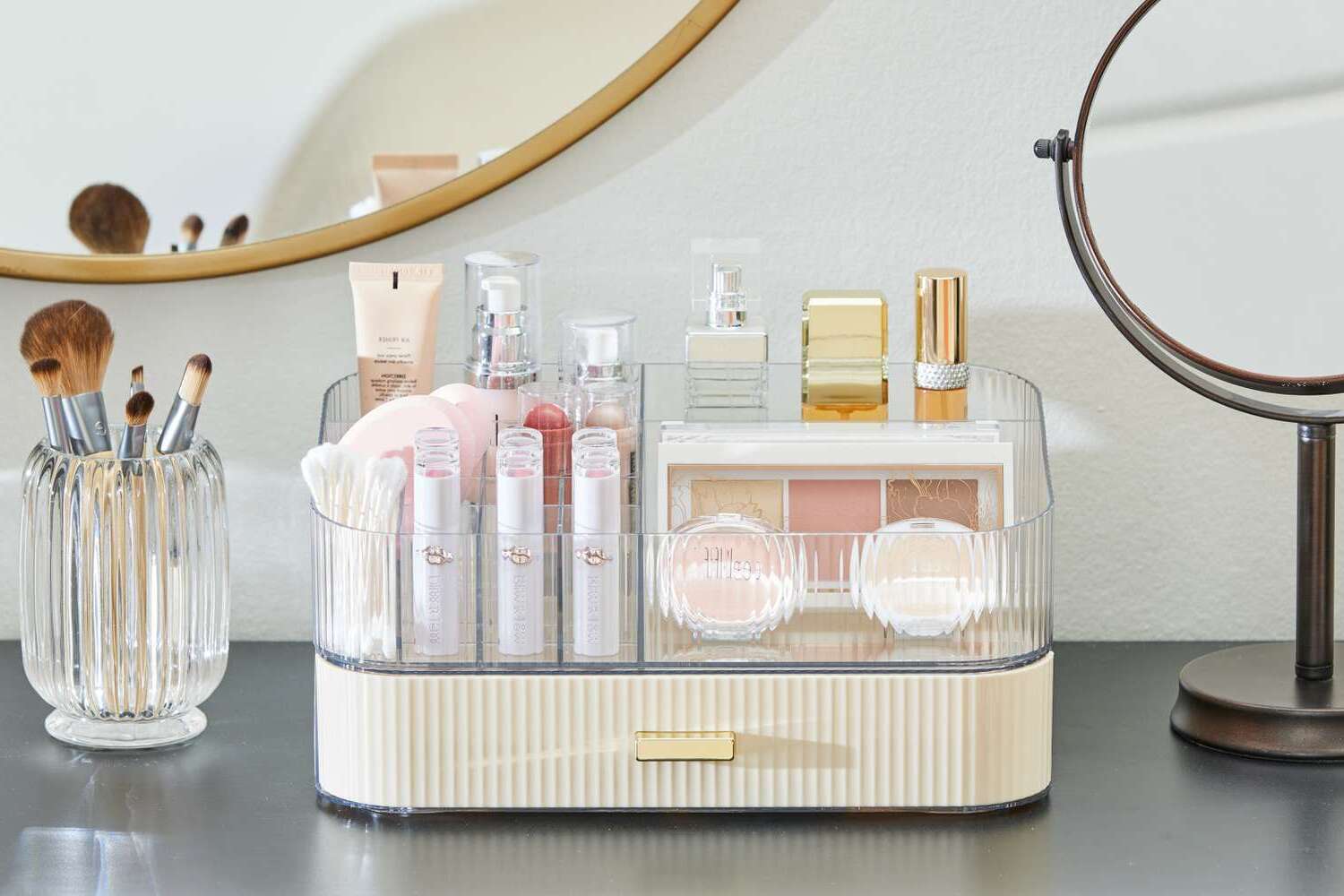

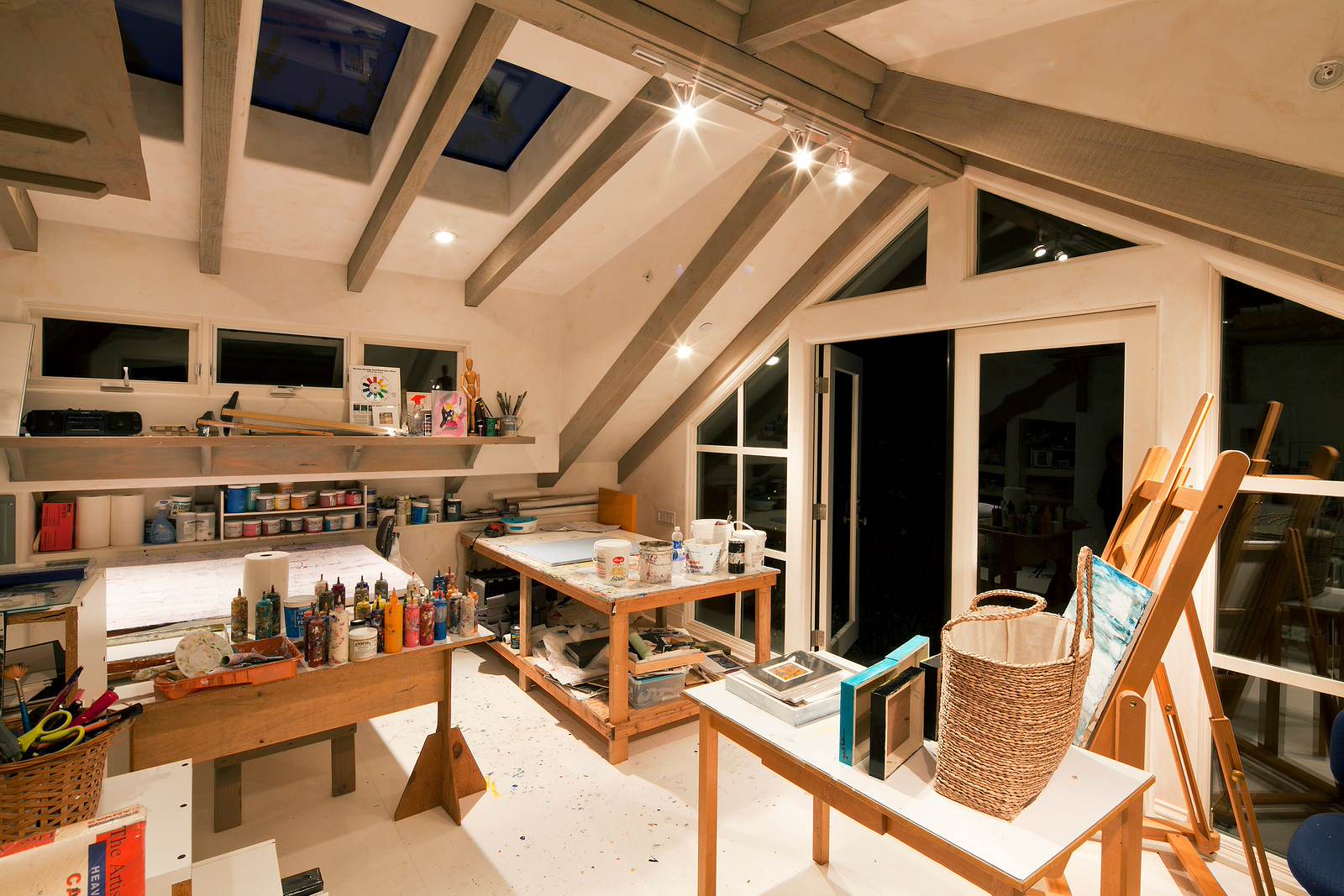



0 thoughts on “Art At Home: Curating Your Personal Gallery”